Slow travel is travel that’s not fast and simple. It’s about experiencing the world in a more relaxed way. Slow travel is about exploring different cultures and learning about people and their ways of life.
While traveling, slow travelers take the time to smell the roses rather than rushing through life. Regarding traveling, people are usually divided into two categories: fast and slow travelers. Quick travelers are those who are constantly on the move. They do not like to stay anywhere for more than a couple of days and love adventures.
On the other hand, slow travelers prefer slow food, slow travel experiences, and slow travel experiences. They like to experience local culture, meet new people, and take time to relax. This blog introduces you to the history of slow travel and how it can be incorporated into your itinerary. A slow trip is perfect for you, whether with a group or Solo.
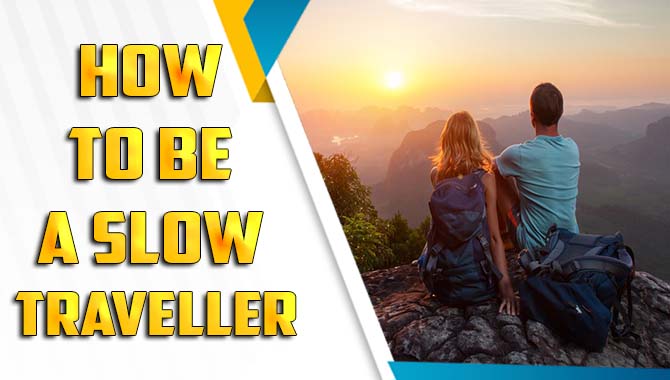
The History Of Slow Travel
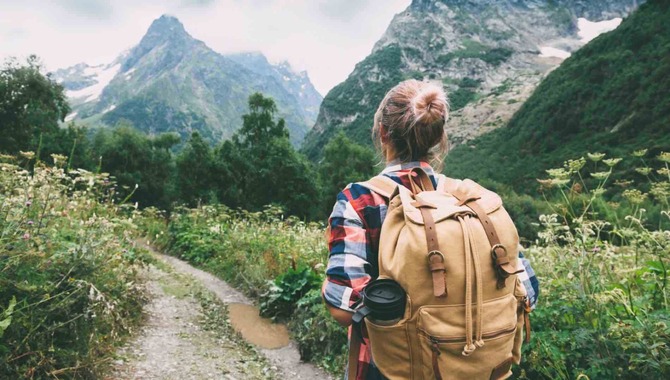
Slow travel is a movement that began in the early 2000s with the rise of slow food and slow tourism. Slow travel is all about exploring destinations at a slower pace without resorting to mass tourism. This enables travelers to experience the local culture and way of life more intimately and can be enjoyed by anyone, regardless of budget or experience level.
This movement has recently gained popularity as it allows people to travel more sustainably. With fewer people traveling, it becomes easier for communities to preserve their heritage and environment. Slow travel also allows travelers to spend more time with local people and gain a more rounded view of their cultures and customs. It is an excellent way to experience different cultures through food, art, and local traditions.
6 Tips To Be A Slow Traveller
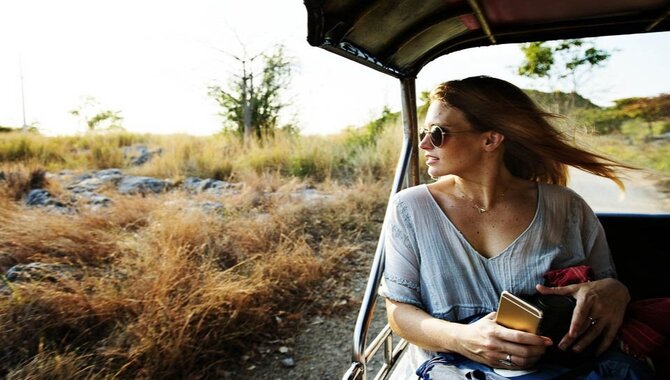
If you’re looking to explore the world more relaxed and leisurely, slow travel may be the perfect fit for you. Slow travel involves traveling slower than usual, allowing you to take in more of the unique and beautiful aspects of the places you visit.
By slowing down your speed, you can allow yourself more time to enjoy the sights, sounds, and smells of the sites you visit. Creating a travel itinerary is the first step in planning a trip. It helps you stick to your travel goals and plan for the days and weeks ahead.
1.Share Your Travel Plans With Trusted Family Or Friends And Stay Connected
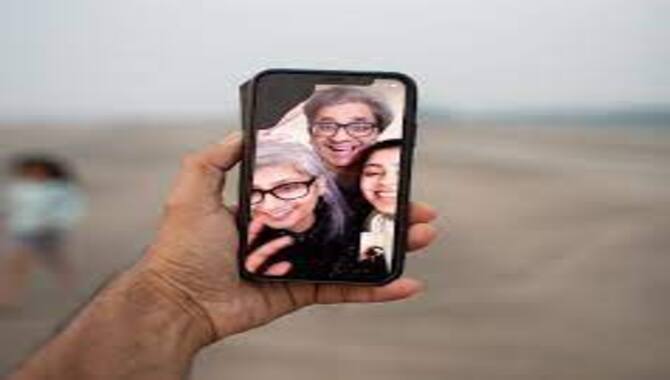
Before going on your trip, sharing your travel plans with trusted family or friends is vital. This will help keep you connected while you’re away and reduce the chances of getting lost or stranded. It’s also a good idea to pack a travel journal and take pictures or videos of your journey to keep your memories alive.
Having enough clothes and accessories to mix and match as needed is essential, and don’t forget the passport. Finally, be flexible with your travel plans and be prepared to change them if things don’t go as planned. By sharing your travel plans and staying connected while away, you can enjoy a stress-free trip (and come home safely).
2.Make An Emergency Plan
It is essential to create an emergency plan before you travel. This should include packing light, avoiding bringing unnecessary items, creating a list of the places you need to go and the dates you need to be there, and making sure your passport is up to date and has no outstanding fines.
Additionally, it is helpful to pack enough money to cover your costs for a local for three weeks and some extra cash in case of unexpected expenses. The best way to ensure a successful trip is by creating a travel itinerary that considers your interests, skills, and fitness level.
3.Secure Your Valuables
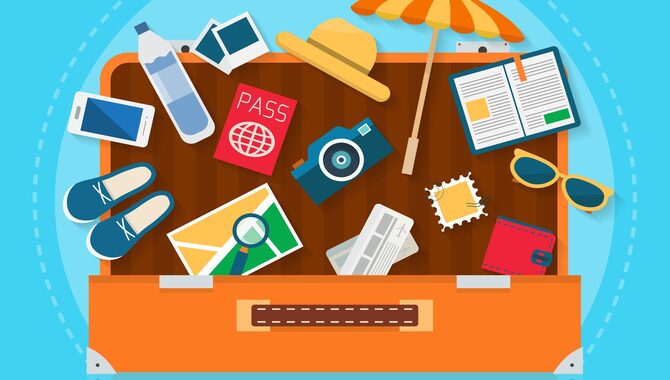
When traveling alone, it is essential to take precautions to secure your valuables. Make copies of your passports and other travel documents and store them safely. Also, ensure your ticket is in a safe location, such as a bank or safety deposit box.
To protect your identity, avoid carrying too much cash around. Instead, keep track of your spending by keeping a budget diary. Finally, register with the local consulate or embassy if traveling to a dangerous area. By taking these steps when traveling Solo, you can ensure that you are protecting yourself and your belongings while on the road.
4.Avoid Reckless Behaviors And Use Common Sense
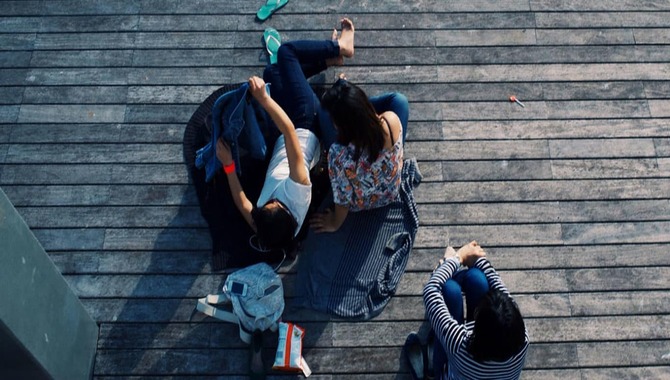
When traveling Solo, it’s essential to avoid reckless behaviors and use common sense. For example, stay aware of your surroundings and take precautions when traveling in unfamiliar areas. In addition, avoid leaving your belongings unattended in public places and be prepared to retrieve them if they are stolen quickly. Additionally, respect local customs and be patient while traveling. Enjoying the journey is the most important thing, even if it isn’t always easy or exciting. By taking these simple steps, you can travel safely and enjoyably.
5.Do Your Safety Research And Choose Wisely
Doing safety research before traveling Solo can help you stay safe and comfortable during your trip. It would be best to consider the safety of travel destinations, social media reports about local safety, local travel guide websites, and more before packing your luggage and heading out. You’ll want to fill the necessary supplies for traveling, such as toothbrushes, toothpaste, washcloth, toilet paper, and more.
Aside from packing your items, it’s also a good idea to pack a backpack or travel suitcase that contains essentials like a flashlight or first-aid kit. These supplies will help you stay safe and prepared during your Solo travel adventures. Besides, remaining healthy and hydrated while on the road is essential by packing food and water and keeping up your energy levels with snacks and drinks.
6.Get Travel Insurance
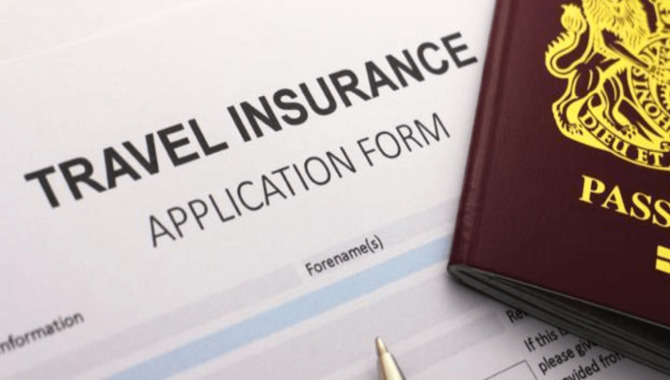
Before you leave for your trip, gathering all necessary documents, such as travel itinerary, passport, and travel insurance information, is essential. Pack a small bag with essentials, such as cash, traveler’s checks, and keys. This will help you manage day-to-day expenses while traveling. Additionally, list places you want to visit and map out a route.
This will help you stay on track and keep your itinerary organized. When planning your trip, create a budget and stick to it during your trip. It will help you stay within your travel budget and avoid costly overspending. Finally, take care of yourself mentally and emotionally while on your journey. Traveling alone can be challenging, so ensuring that you care for yourself is essential.
Benefits Of Slow Travel
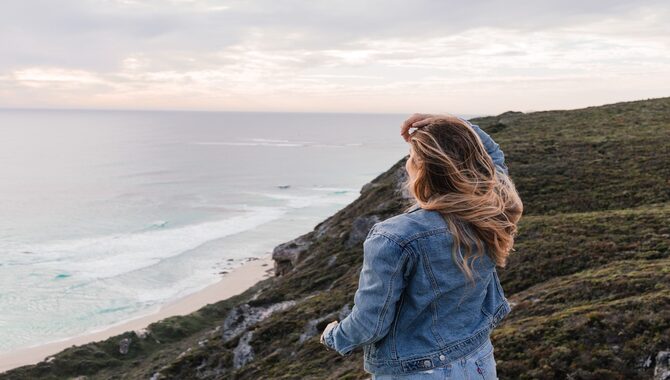
Slow travel can be an advantageous way to travel. For many, it’s a way of exploring the world with a more holistic approach, taking time to experience local culture and embracing a slower pace of life. This is often more affordable than flying around the world and has the added benefit of being more sustainable.
Slow travel allows you to develop new relationships and learn more about different cultures. As you slow down and spend time with others, you open yourself up to new perspectives and experiences that can help you become a more rounded individual.
You may also find new hobbies and interests through slow travel, developing new passions and creative interests that are important for your overall well-being. Finally, slow travel can help you reconnect with your ideas and ideas of your own. By traveling slowly, you can take time to reflect on your own goals and aspirations, strengthening your sense of identity and developing a deeper understanding of yourself and the world around you.
Conclusion
If you’re looking to travel in a way that is more mindful and sustainable, slow travel may be the perfect option for you. By taking the time to explore and experience the world at a slower pace, you can learn about cultures and ecosystems more intimately, making your travels unique.
This mindset encourages them to get to know their destination better so they can enjoy their trip more thoroughly. Slow and deliberate travel can be more enjoyable than hurried and frantic. By incorporating slow travel into their journeys, travelers can truly experience the beauty of the world around them.
There is no denying the fact that traveling slowly is more sustainable and in-depth compared to traveling fast. You get to experience local culture, food, and art first-hand. And it also helps you connect with people more. Not to mention that traveling slowly is much cheaper and much more sustainable when it comes to the environment as well.
Frequently Asked Questions
How Do I Become A Traveller With No Money?
There are several ways that you can become a Traveller with no money. Maybe the easiest way is to find ways to earn money while traveling. You could sell items you bring along on travels or offer services like teaching English or giving guitar lessons. You could also set up food stalls or sell souvenirs. There are several ways to make money while traveling, depending on what interests and excites you the most.
How Do I Start As A Traveller?
When traveling Solo, it is essential to have a positive attitude. It can be challenging at times, but it’s also a rewarding experience to travel and explore new places on your own. There are many ways to do this; the best way to find out is by doing your research. Research the destination you want to visit, the visa requirements, the language barrier, food options, and more. And, of course, it’s always essential to have some money saved up just in emergencies.
What Are The Benefits Of Slow Travel?
Some of the benefits of slow travel are that it can provide a sense of peace and tranquility. When traveling slowly, you learn more about the cultures you visit as you get to know their people and way of life. Slow travel may also lead to increased self-awareness and introspection as you become more interested and observant of the world around you.
What Is A Slow Travel, And How Can I Embrace It?
Slow travel is a type of travel that is more about experiencing the local culture and experiencing the destination rather than rushing through it. It can be done in various ways, from trekking to biking to visiting local markets. There are many benefits to slow travel, including increased self-awareness and empathy, betterment of relationships, and improved mental and physical health.
Are There Any Drawbacks To Becoming A Slow Traveler?c
There are a few reasons why slow travel can be a good choice for you. Firstly, slow travel offers unique experiences that are unavailable when traveling in large groups. This means you have more time to explore the place you’re visiting and learn about it in depth.
Traveling slowly also can be more cost-effective than traveling fast. For example, if you’re traveling to a new destination and planning on staying for a week or more, slow travel may be a better option because it will likely cost less than if you were to travel for just a few days.
